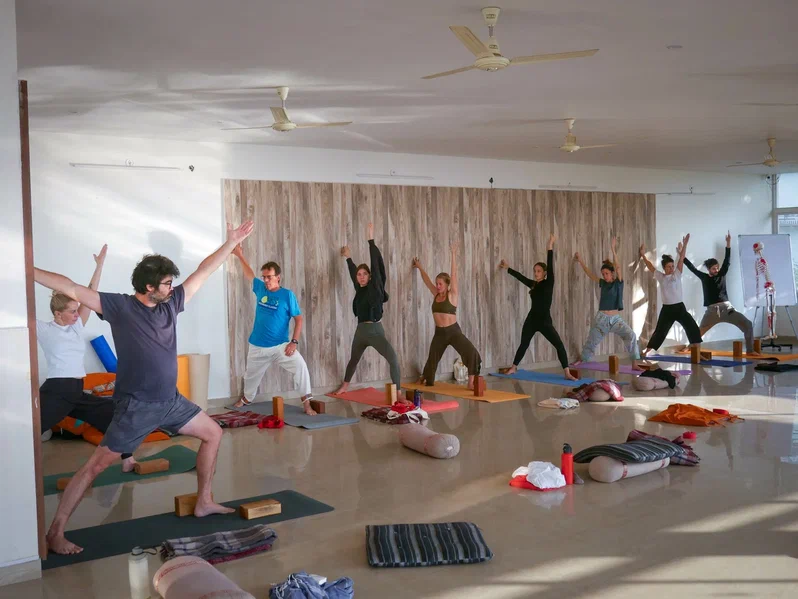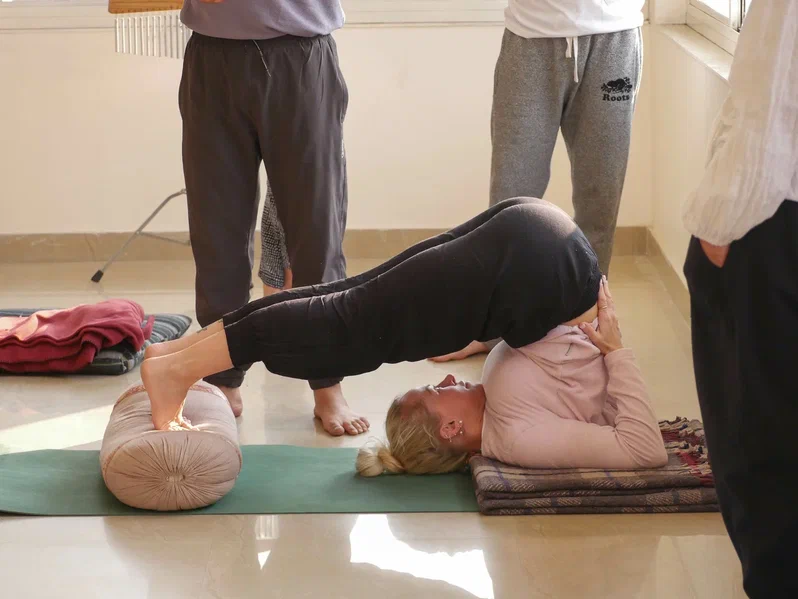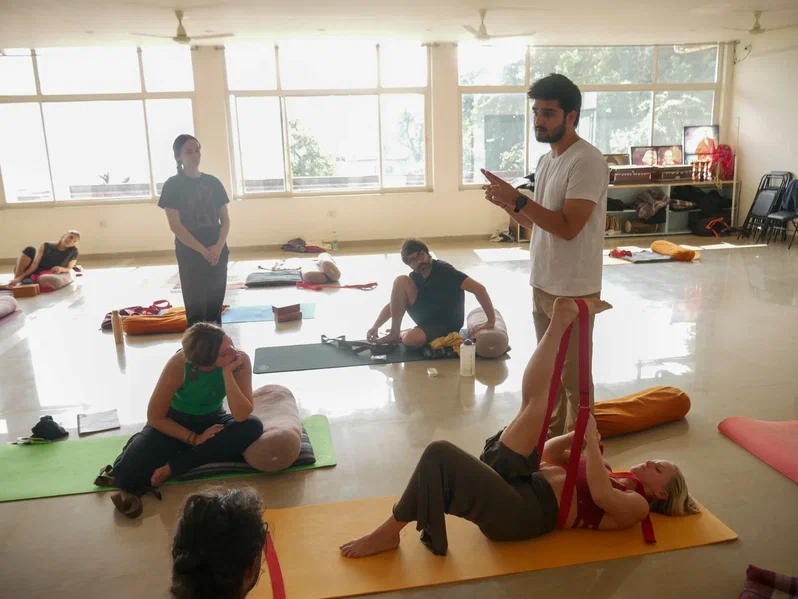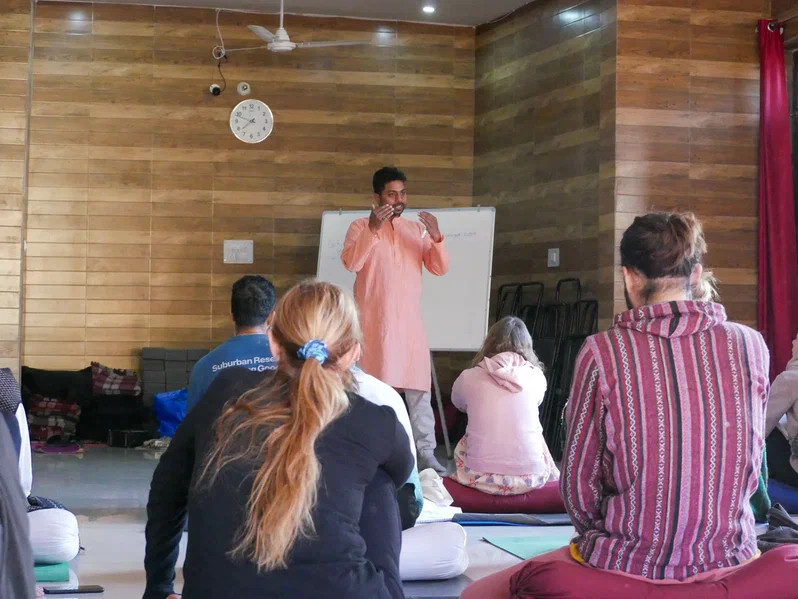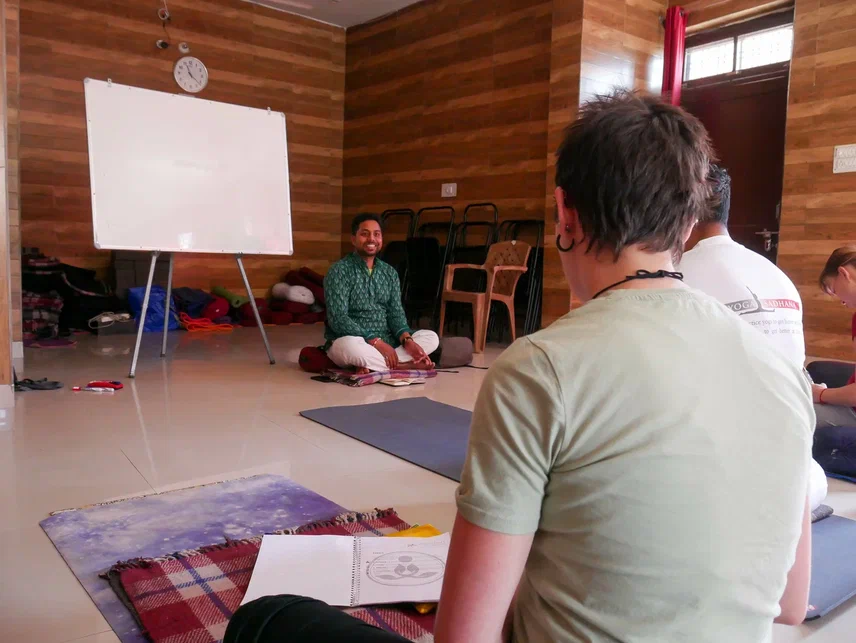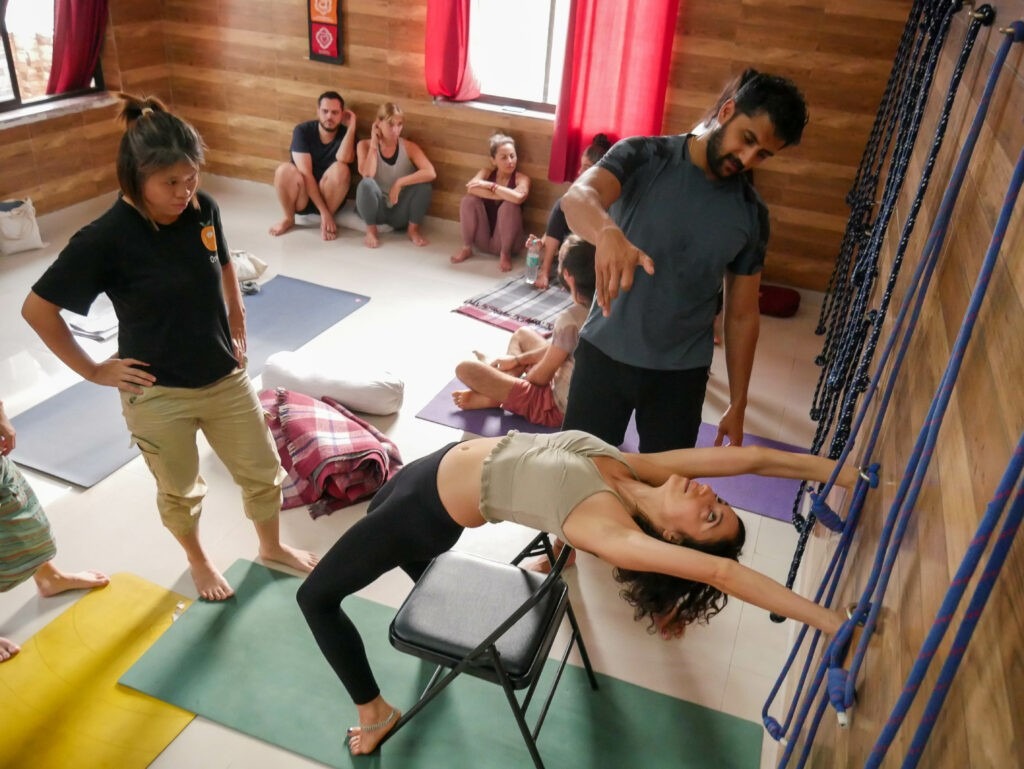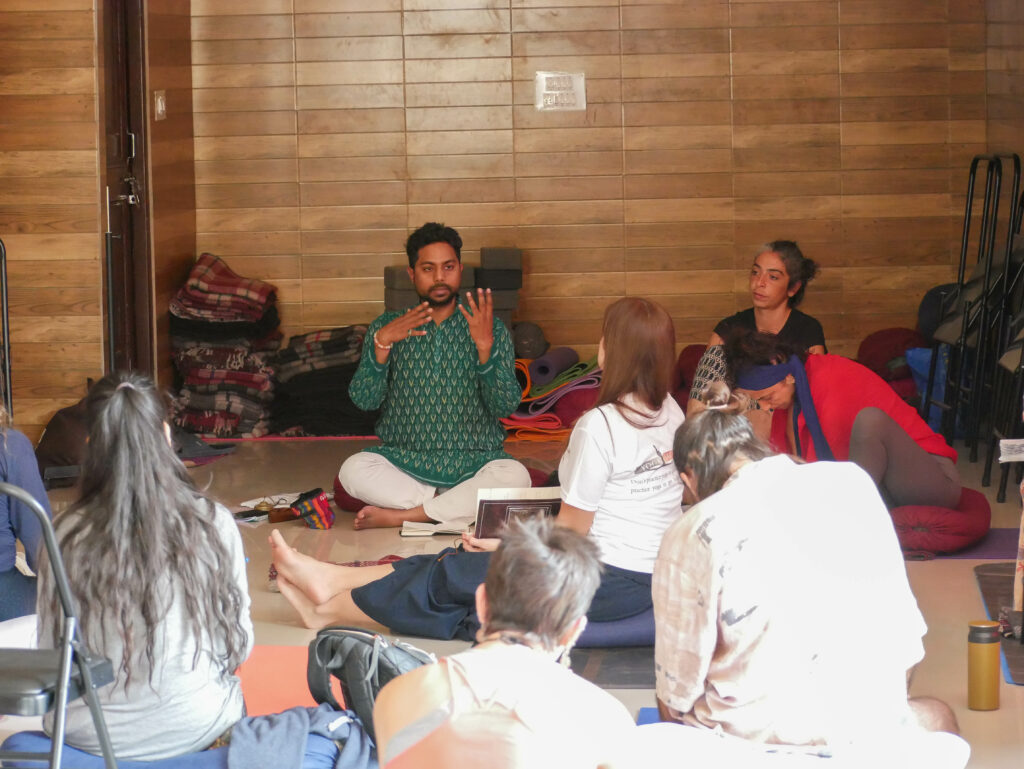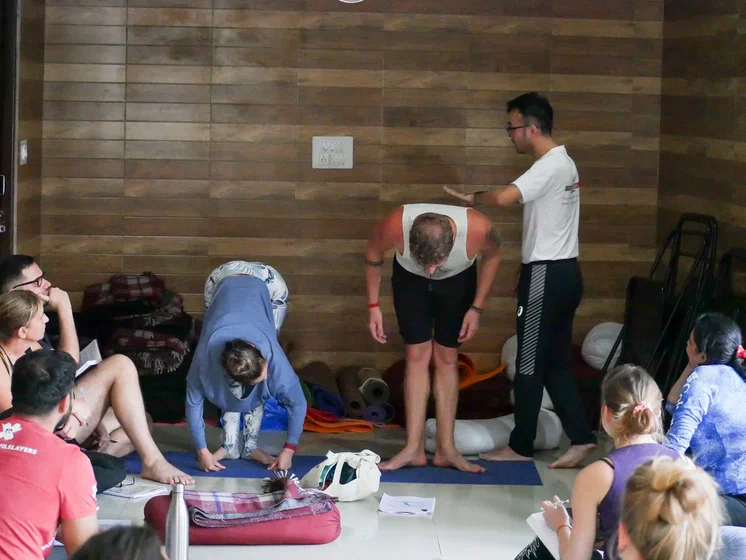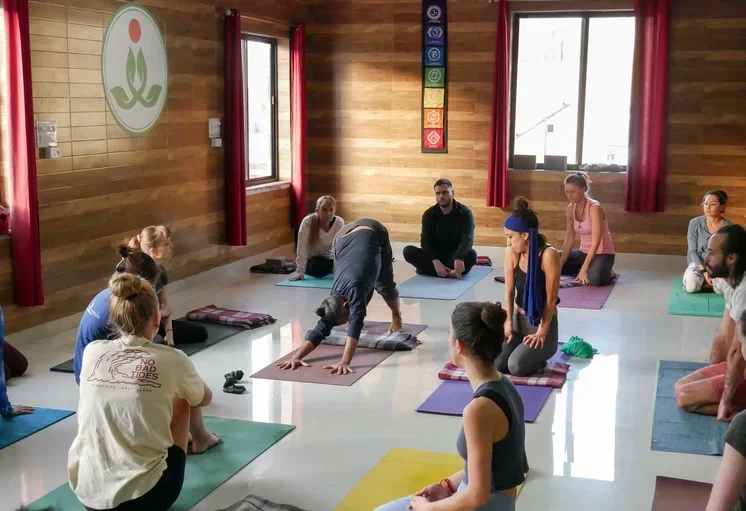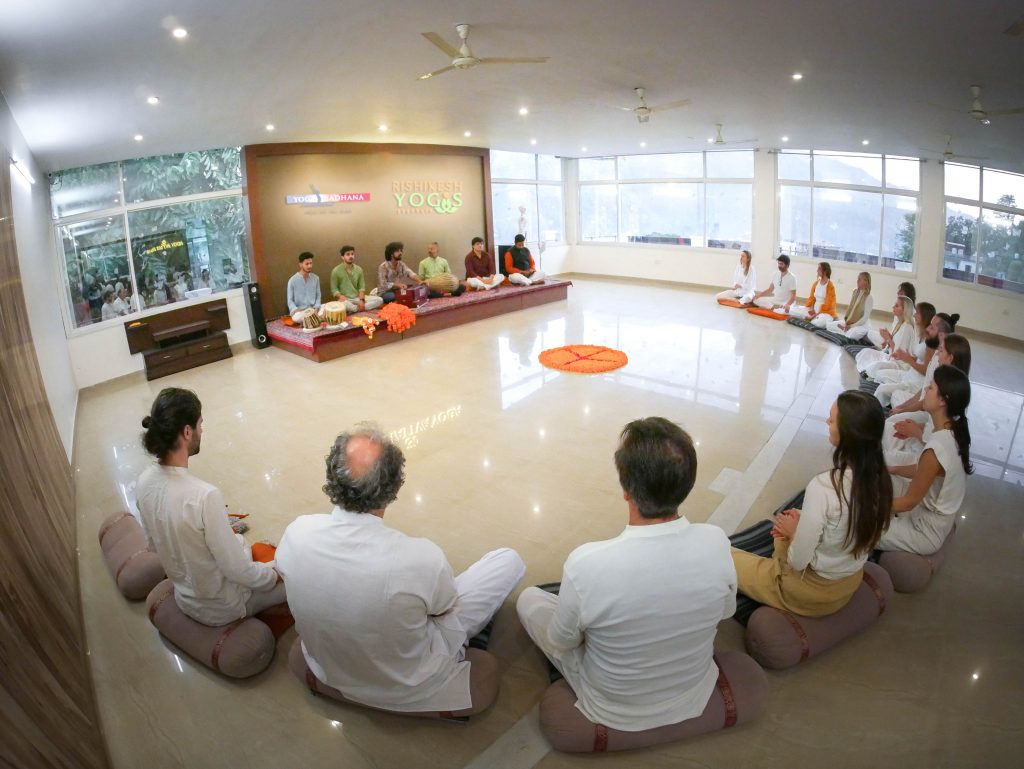Stress Relief Yoga: Simple Techniques for a Calmer Mind
Life can be stressful but with stress relief yoga it can be easier to live. First of all, there is your busy schedule: getting up very early for school, studying late into the night for exams, juggling sports, homework and meals. There is a lot to balance! Everyday problems can also lead to emotional stress: […]
Stress Relief Yoga: Simple Techniques for a Calmer Mind Read More »

